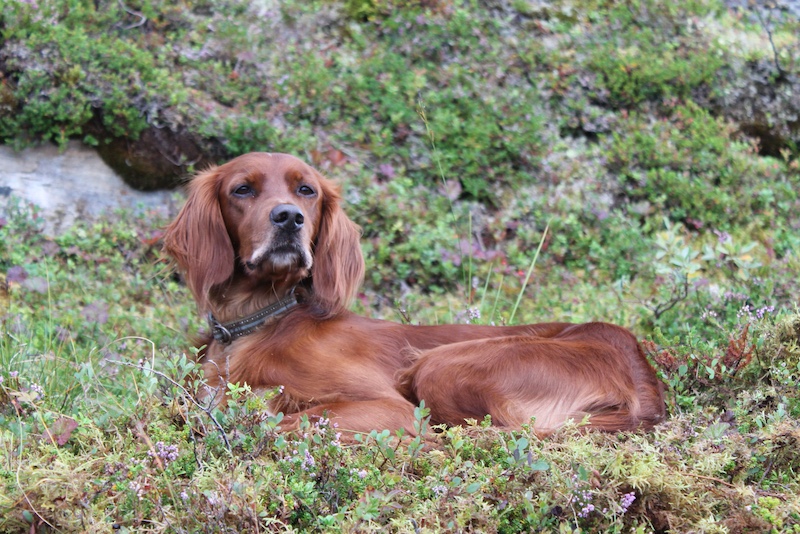Bloat, also known as gastric dilatation-volvulus (GDV), is a serious and potentially life-threatening condition in dogs. It occurs when a dog’s stomach fills with gas, fluid, or food and then twists, trapping these contents inside. This can lead to shock and even death if not treated immediately. Certain dog breeds are more susceptible to bloat due to their size and deep-chested anatomy. Here are ten breeds that are particularly prone to this condition:
1. Great Dane
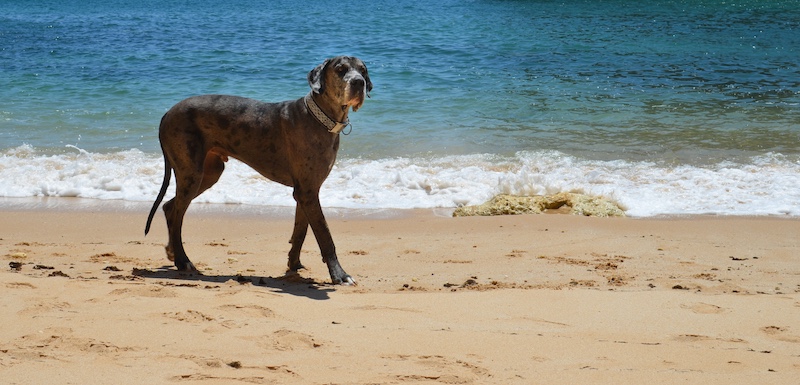
One of the most well-known breeds at risk for bloat is the Great Dane. Due to their large size and deep chest, Great Danes are extremely vulnerable to GDV. In fact, studies suggest that approximately 40% of Great Danes will develop bloat in their lifetime. Owners of this breed should be especially vigilant for early signs of bloat, such as restlessness, a distended abdomen, or unproductive retching.
2. Standard Poodle
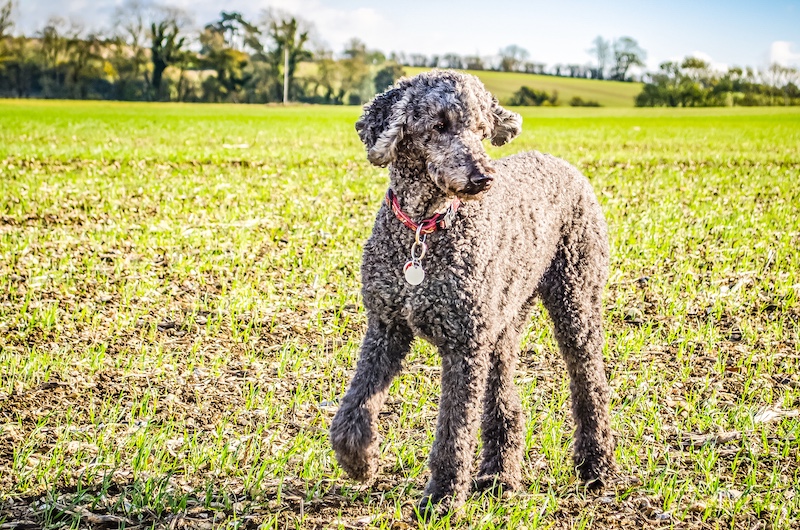
Standard Poodles are another breed that can experience bloat more frequently. Their tall, slender bodies make them susceptible to stomach twisting. While they may not be as large as some of the other breeds on this list, their deep chest puts them at an elevated risk.
3. German Shepherd
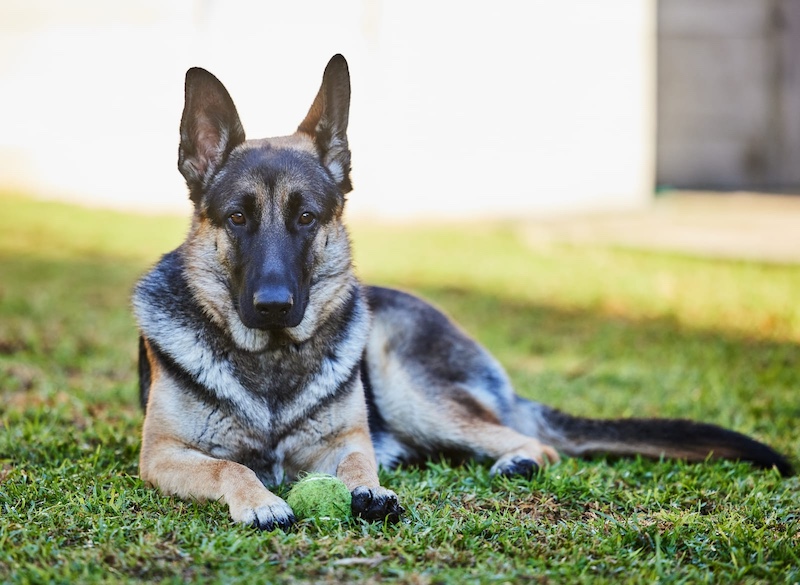
German Shepherds are known for their strength, intelligence, and loyalty. Unfortunately, their body structure also makes them prone to bloat. With their deep chest and large size, GDV can strike suddenly, so it’s essential to monitor their eating habits and limit strenuous exercise immediately after meals.
4. Irish Setter
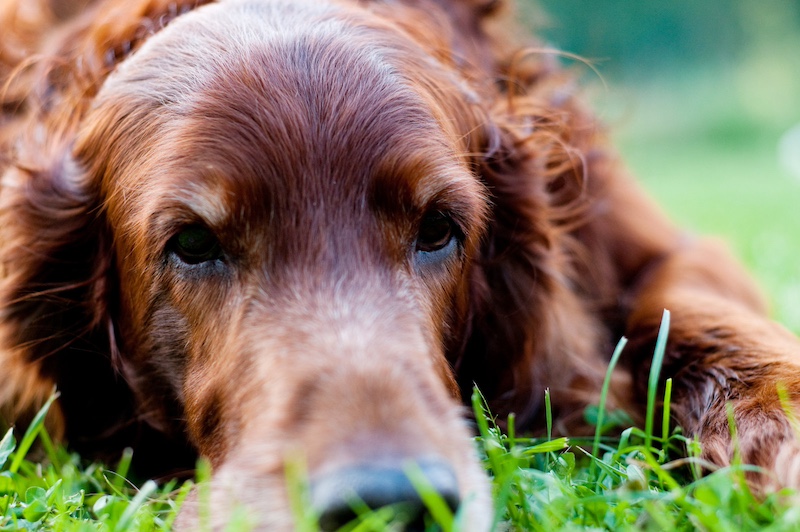
Irish Setters, with their athletic builds and narrow chests, are also at a higher risk for bloat. These active dogs are often enthusiastic eaters, which can contribute to swallowing air and leading to a buildup of gas in the stomach.
5. Boxer
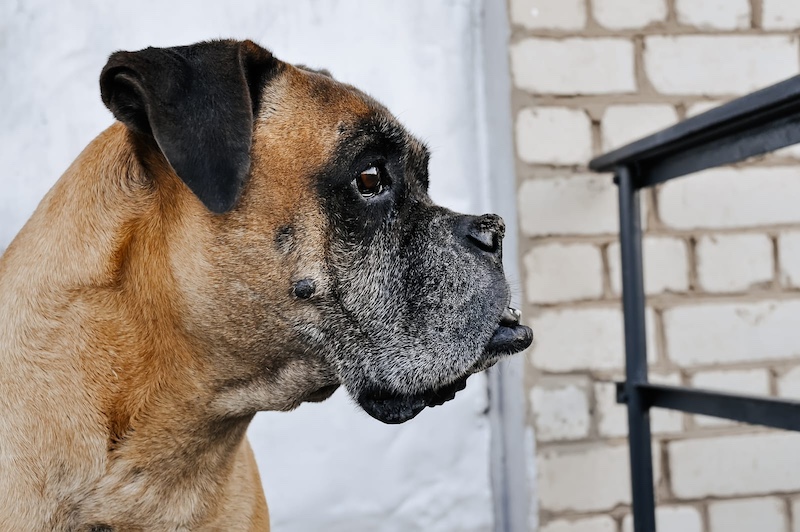
Boxers are another breed prone to bloat, particularly because of their barrel-shaped chests. Their active personalities and strong appetites can lead them to gulp food too quickly, increasing the chances of gas buildup. Feeding them smaller, more frequent meals can help reduce the risk.
6. Weimaraner
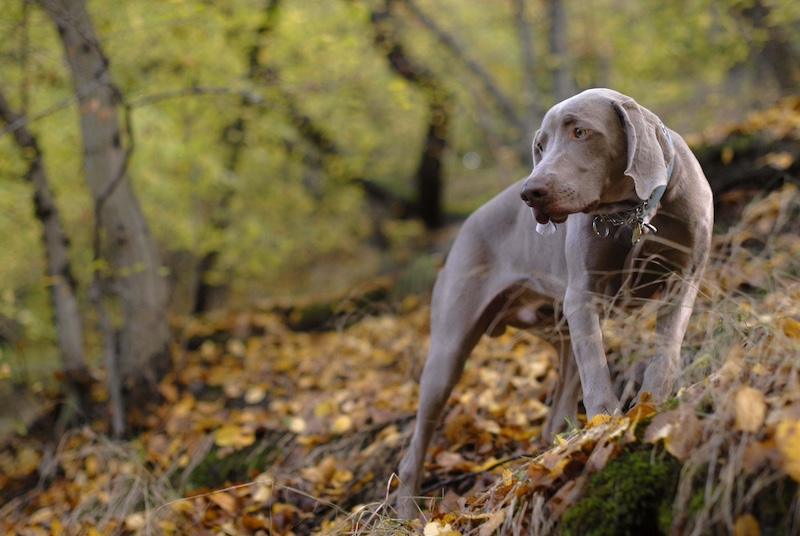
Weimaraners are energetic dogs with sleek, muscular bodies, but their deep chests make them prone to bloat. They are known to be enthusiastic eaters, which can lead to swallowing air during meals, a contributing factor to GDV.
7. Saint Bernard
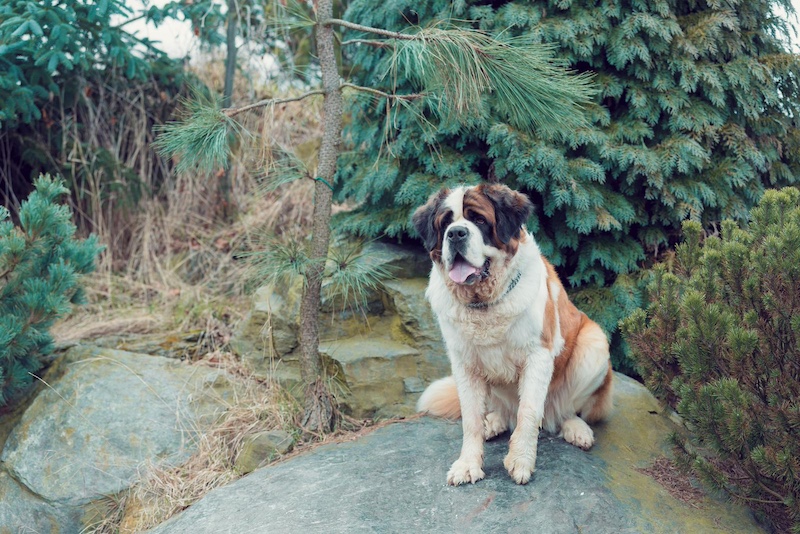
Saint Bernards are large, gentle giants, but their massive size and deep-chested anatomy make them highly susceptible to bloat. Their slow, lumbering movements and heavy body weight can exacerbate the issue, so it’s important to ensure they avoid heavy exercise after meals.
8. Doberman Pinscher
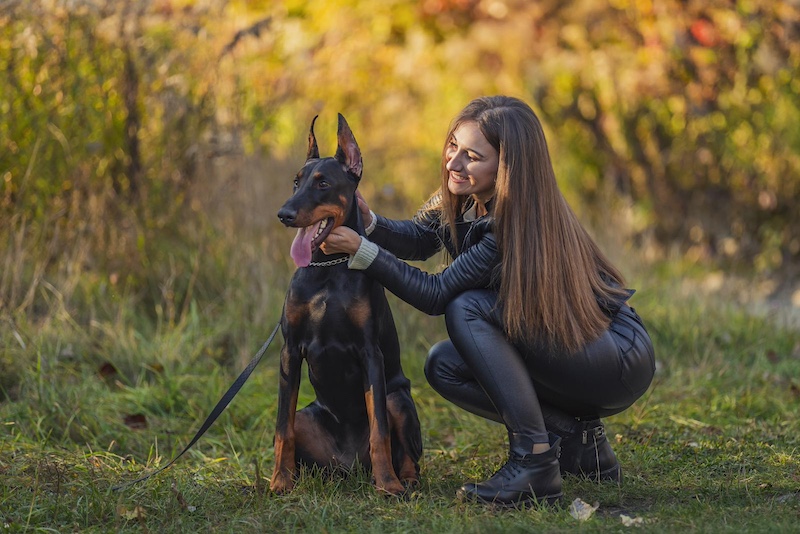
Doberman Pinschers are lean, athletic dogs, but their deep chests put them at risk for bloat. Owners should monitor their eating habits, provide smaller portions, and avoid vigorous activity right after meals to minimize the chances of GDV.
9. Bloodhound
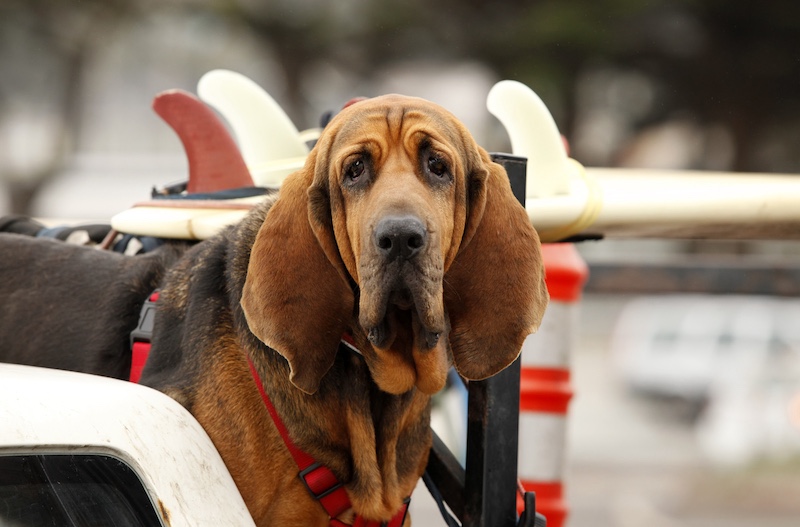
Bloodhounds, with their long bodies and deep chests, are more likely to experience bloat than many other breeds. Their active nature combined with their physical structure makes it essential for owners to be aware of the warning signs of bloat.
10. Akita
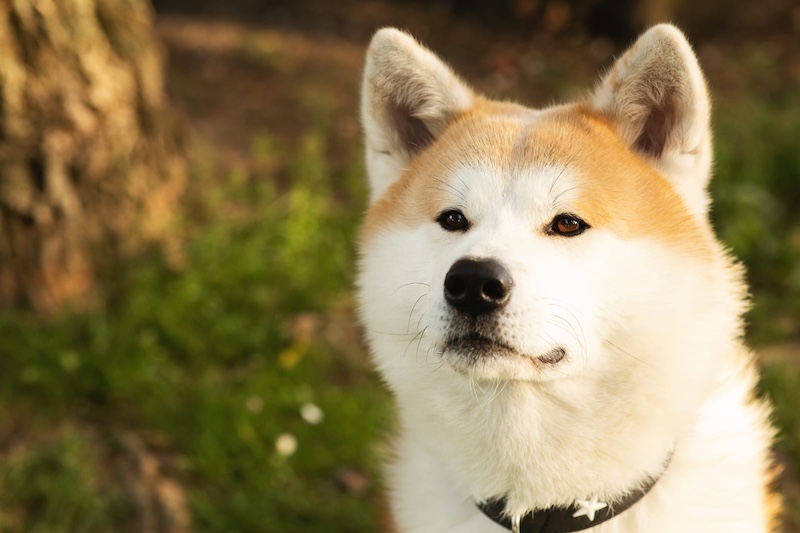
Akitas are known for their loyalty and powerful build, but their deep chests make them prone to bloat. Like other large breeds, Akitas benefit from smaller, more frequent meals and a quiet resting period after eating. Please Note: This content was created with the assistance of AI and thoroughly edited by a human before publishing.

